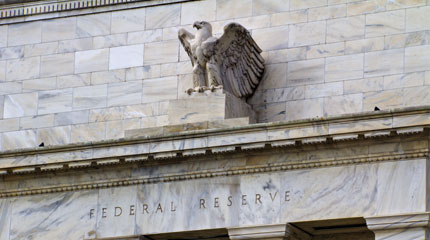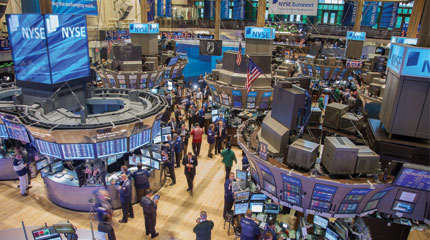 Investor attention may have been focused on US equity markets, technology stocks and crypto currencies this year, but gold has still had a decent 2017, delivering double-digit growth in the first 11 months alone. The strong performance is particularly noteworthy in a year when the US has been hiking rates and equities have remained in favour. Gold’s range has been relatively narrow and, apart from the geopolitically-inspired move above US$1,350/oz in September, the moves have been extremely orderly.
Investor attention may have been focused on US equity markets, technology stocks and crypto currencies this year, but gold has still had a decent 2017, delivering double-digit growth in the first 11 months alone. The strong performance is particularly noteworthy in a year when the US has been hiking rates and equities have remained in favour. Gold’s range has been relatively narrow and, apart from the geopolitically-inspired move above US$1,350/oz in September, the moves have been extremely orderly.
So, what are we watching for next year?
Financial market drivers
Monetary policy – and policymakers – will continue to be significant drivers of gold demand, given that the Federal Reserve (the Fed) is anticipated by many to hike rates further next year and start to allow its balance sheet to contract. The new staff roster may also change the way the Fed acts and communicates. Jerome Powell, nominated as the next Fed chair, recently aired his views on Fed communications and any changes that he makes could lead to a period of adjustment by fixed income and other markets. Other staff will change too, most interestingly the suggestion that Mohamed El-Erian – a known supporter of gold as an investment asset – may become vice-chairman.
Of course, it is not all about the US central bank. Over the next 12 months, we may see a slowdown in the ECB’s extraordinary monetary policy action, while even the Bank of Japan may dial back its quantitative easing. Finally, China could continue its efforts to rebalance economic growth and possibly de-leverage some sectors of the economy.
With inflation still subdued around the world, we see monetary policy tightening as likely to be gentle, but there are risks, not least the Fed’s planned balance sheet reduction – the first time such an action has been attempted.
Away from monetary policy, we view two other factors as potentially important for gold. First, the ongoing strength – or otherwise – of already expensive US equities. And second, the trajectory of the US dollar. We believe that the bull market in US equities has reduced gold’s appeal in 2017: an end to that trend could reignite demand for gold. The direction of the US dollar could also be important: if 2017 marks the end of a multi-year period of US dollar strength, gold could benefit from that tailwind, unlike the headwind that it has experienced since 2001.
 What physical market trends should investors pay attention to in 2018? Income growth is probably the most significant because, over the long run, it has been the most important driver of gold demand. And we believe the outlook here is encouraging. China, the world’s largest
What physical market trends should investors pay attention to in 2018? Income growth is probably the most significant because, over the long run, it has been the most important driver of gold demand. And we believe the outlook here is encouraging. China, the world’s largest 